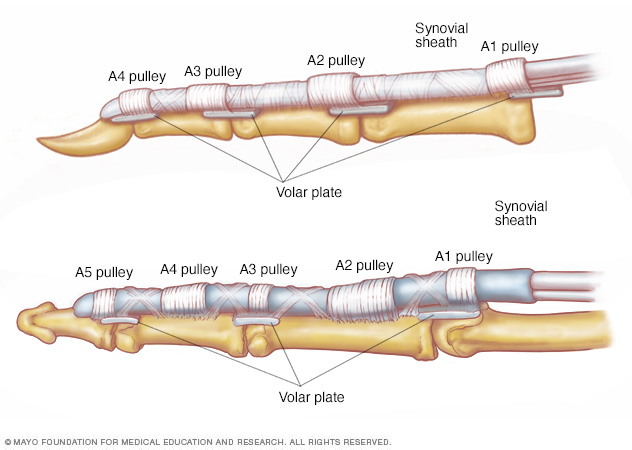Flexor Tendon Research
Project 1: Tissue engineering combined with chemical engineering to improve tendon reconstruction in allografts and autografts
Our overall goal with this tendon reconstruction project is to develop a stem cell-seeded tendon graft with a chemically modified tendon surface to improve tendon gliding ability and accelerate tendon regeneration. This project has been funded by a National Institutes of Health (NIH) R01 grant for more than a decade.
Principal investigator: Chunfeng Zhao, M.D.
Project 2: Flexor tendon intrinsic healing mechanism and intervention strategy

The flexor tendon in a turkey digit is similar to that of a human flexor tendon in anatomy, structure and intrinsic healing elements, making it a good model to study the flexor tendon intrinsic healing mechanism.
Flexor tendon injury is a common hand trauma. Adhesion formation after tendon repair hinders functional restoration of the hand. In aim 1 of this project, we're investigating the flexor tendon intrinsic healing mechanism in a novel turkey digit animal model. Based on the knowledge gained from aim 1, we plan to develop cell-free therapeutics using purified exosome products to enhance tendon intrinsic healing to decrease adhesion formation, thus improving functional outcomes after tendon repair. This project is funded by an NIH R01 grant.
Principal investigator: Chunfeng Zhao, M.D.